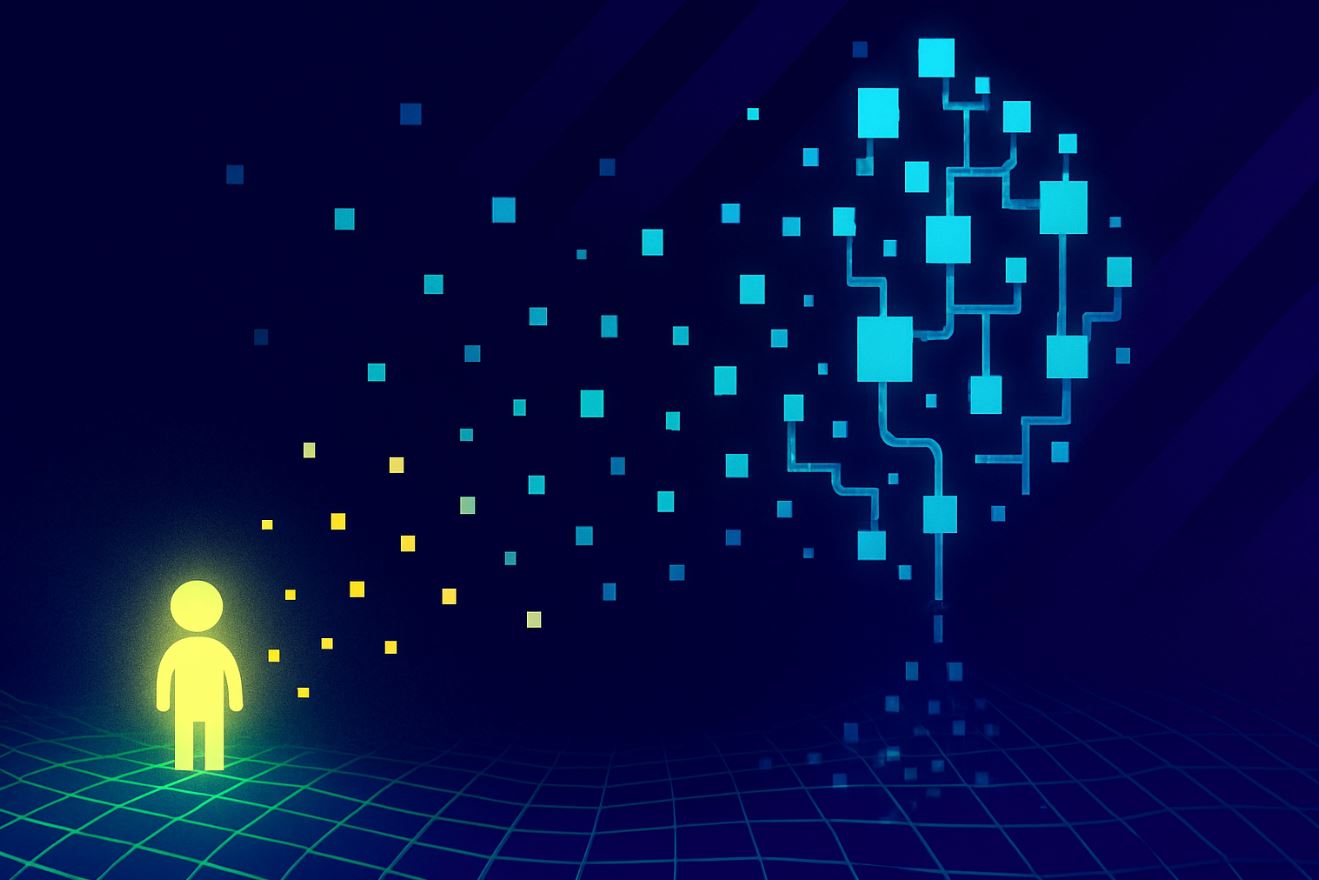 Researchers at Stanford University are exploring a more natural way for AI systems to improve—by learning from their own successes. This fresh approach moves away from the labour-intensive process of fine-tuning prompts and handpicking data, offering a method where AI agents build past wins into their strategy for solving new challenges.
Researchers at Stanford University are exploring a more natural way for AI systems to improve—by learning from their own successes. This fresh approach moves away from the labour-intensive process of fine-tuning prompts and handpicking data, offering a method where AI agents build past wins into their strategy for solving new challenges.
The process relies on a ReAct architecture, where the AI not only plans but also observes, reasons, and acts. Instead of starting every task from scratch, the system taps into a growing database of successful experiences, or trajectories, which record the steps taken to overcome previous obstacles.
The method, called Traj-Bootstrap, has already boosted performance across several tests. For example, ALFWorld’s accuracy increased from 73% to 89%, Wordcraft improved from 55% to 64%, and InterCode-SQL moved up from 75% to 79%. Each success builds on the last, forming a cycle where good results lead to even better outcomes.
To keep the system sharp, researchers developed two selection strategies. DB-Selection manages several databases at once, discarding weaker examples to eventually push ALFWorld’s success rate even further, to 91%. Meanwhile, Exemplar-Selection carefully assesses each trajectory to determine which works best for new challenges, giving a clear boost to both Wordcraft and InterCode-SQL.
While the setup is designed to self-improve, a bit of human guidance still helps. Starting off with a few well-chosen examples can set the right course from the beginning—a reminder that quality data often matters more than merely scaling up the model.
If you’ve ever wrestled with the complexities of prompt optimisation, you’ll find this approach both refreshing and practical. It shows that smart use of past successes can pave the way for a more efficient and effective future.








